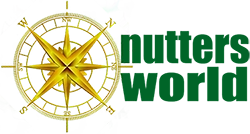Iron Age Shipwrecks in the Mediterranean Sea
Çaycağız Koyu Shipwreck: Early Archaic Trade
The Çaycağız Koyu shipwreck (c. end 7th/early 6th century BC) offers key insights into Early Archaic maritime trade. This article looks at the cargo of Cypro-Levantine amphoras and a notable concentration of over 30 mortaria. Petrographic analysis links the origin of the coarse wares and agricultural goods to a probable source in eastern Cyprus.
By Nick Nutter on 2025-10-26 | Last Updated 2025-10-26 | Iron Age Shipwrecks in the Mediterranean Sea
This article has been visited 804 times

Marmaris near the Çaycağız Koyu wreck site
Çaycağız Koyu Shipwreck c 600 BC
The Çaycağız Koyu shipwreck provides crucial information, especially regarding the bulk transport of coarse wares alongside agricultural products in the Early Archaic period.
Do you enjoy my articles? For your reading pleasure, this website does not carry third party ads. You could help me write more articles by buying me a cup of coffee.
Discovery, Location, and Chronology
The Çaycağız Koyu shipwreck is a shallow-water wreck located near Marmaris in the Muğla region along the Turkish coast.
Discovery: It was discovered in 2008 by a team from Dokuz Eylül University. This team revisited the site in 2010.
Depth: The wreck lies at a depth of about 5 to 12 metres.
Chronology: The wreck belongs to the Early Archaic period. It is suggested to be slightly later than the other two contemporaneous wrecks (Kekova Adası and Kepçe Burnu). Comparanda for the cargo—specifically from Salamis Tomb 3 and the destruction layer of 604 B.C. at Ashkelon—suggest a date at the end of the 7th or early 6th century BC.
Cargo Inventory and Significance
The scattered cargo of the Çaycağız Koyu vessel highlights established trade links between the Levant/Cyprus and the Aegean region.
Cypro-Levantine Basket-Handle Amphoras (Primary Cargo). The cargo is comprised largely of fragments of 60 or more Cypro-Levantine basket-handle amphoras. These vessels formed the primary cargo of the ship and surely carried bulk quantities of processed agricultural goods, generally associated with olive oil.
Mortaria (Grinding Bowls) (Secondary Cargo). The wreck contained a large number of mortaria—shallow bowls used for food preparation and the measurement of dry goods. The site contained more than 30 mortaria, a particularly notable concentration. This is significant because the other related shipwrecks (Kepçe Burnu and Kekova Adası) contained only one or two examples. The fact that these mortaria were present in such numbers, and in fabrics related to the amphoras (see Petrography below), underscores the related economic mechanisms at work in the diffusion of these bowls and the parallel transport of agricultural goods.
Ceramic Petrographic Analysis and Provenance
In 2010, the joint survey team sampled fragmented pottery from the site for petrographic analysis.
Basket-Handle Amphoras (8 samples analysed)
Fabric Description: The samples generally hold together well as a single broad group. The fabric is described as semi-fine and red-brown to light tan or yellowish-green (when over-fired).
Manufacturing Characteristics: The fabric shows small irregular vughs (cavities) and vessels, and inclusions that are generally poorly sorted. The fabric also has notable striations and large textural concentration features with poorly defined borders, suggesting the clay may have been incompletely mixed.
Mineralogy: The inclusions include microfossils, small rock fragments (generally igneous, but also including some siltstone), chert, micrite, clay pellets, opaques (iron oxides?), and amphibole.
Origin: The fabric group is not so different from the groups found at Kekova Adası and Kepçe Burnu as to preclude an origin around eastern Cyprus. While the samples are perhaps "even less distinctive" than the other calcareous fabrics, their general morphological and mineralogical profiles fit well with eastern Cyprus. A Cypriot origin would not be surprising, although some change in practices of clay exploitation and preparation might be expected given the slightly later date of this wreck.
Mortaria (2 samples analysed)
Two fragmentary mortaria were sampled for analysis.
Crucially, these mortaria were found to be sufficiently similar to the basket-handle amphora fabric group to suggest a common source for both elements of this cargo. This supports the finding that the transport of the specialised grinding bowls and the processed agricultural goods was linked by common economic mechanisms.
References
“Sourcing The Cargos Of Three Archaic Shipwrecks: Kekova Adasi, Kepçe Burnu And Çaycağiz Koyu” (2010 – 2011)
Authors:
Dr. Justin LEIDWANGER: Affiliated with the Institute for the Study of the Ancient World, New York University, located at 15 East 84th St., New York, NY 10028/USA.
Asst. Prof. Dr. Harun ÖZDAŞ: Affiliated with the Institute of Marine Sciences and Technology, Dokuz Eylül University, located at Baku Boulevard Nr.100, İnciraltı 35340, İzmir/TURKEY.
Assoc. Prof. Dr. Elizabeth S. GREENE: Affiliated with the Department of Classics, Brock University, located at 500 Glenridge Avenue, St Catharines, Ontario L2S 3A1/CANADA.
Do you enjoy my articles? For your reading pleasure, this website does not carry third party ads. You could help me write more articles by buying me a cup of coffee.
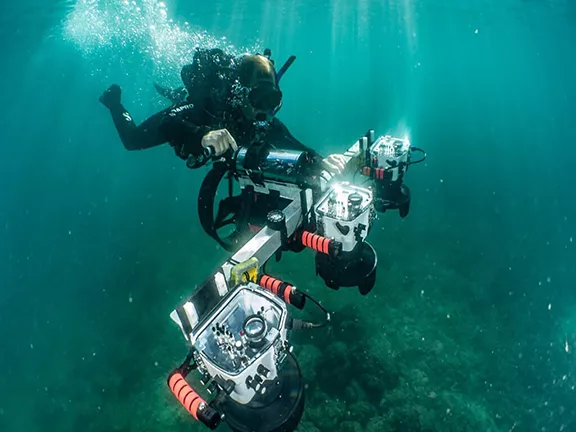 1: Dor's Iron Age wrecks 11th-6th centures BC
1: Dor's Iron Age wrecks 11th-6th centures BC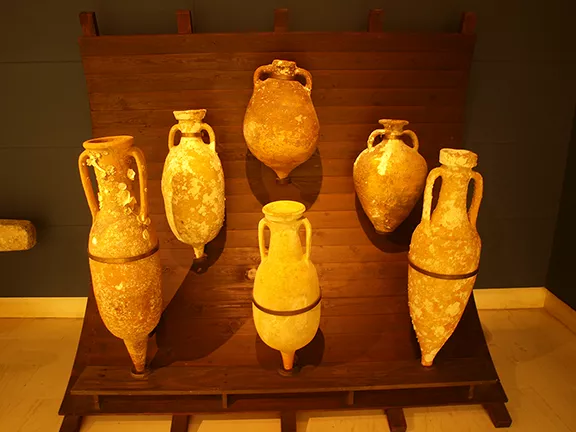 2: Carmel Atlit shipwreck c 800 - 750 BC
2: Carmel Atlit shipwreck c 800 - 750 BC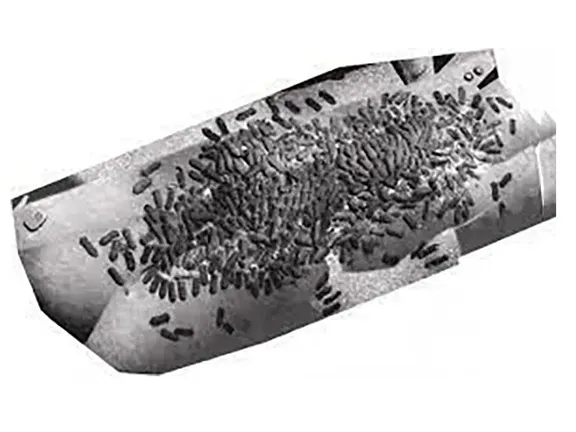 3: Tanit and Elissa c 750 BC
3: Tanit and Elissa c 750 BC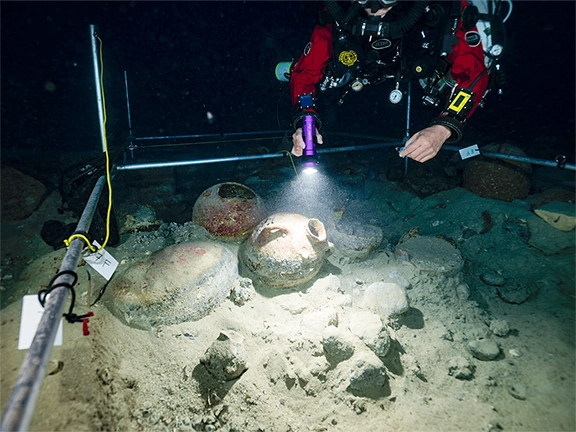 4: Xlendi Bay shipwreck off Gozo c 700 BC
4: Xlendi Bay shipwreck off Gozo c 700 BC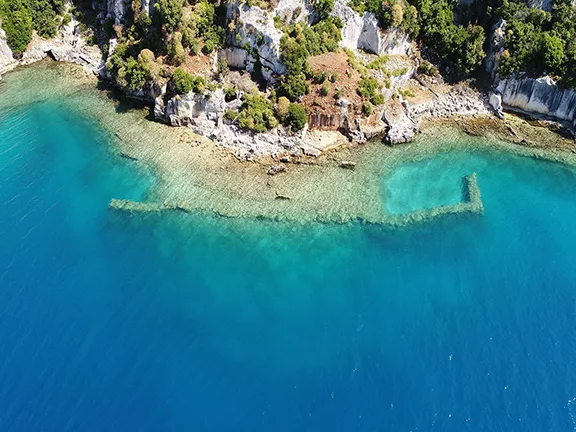 5: The Kekova Adası shipwreck c 650 BC
5: The Kekova Adası shipwreck c 650 BC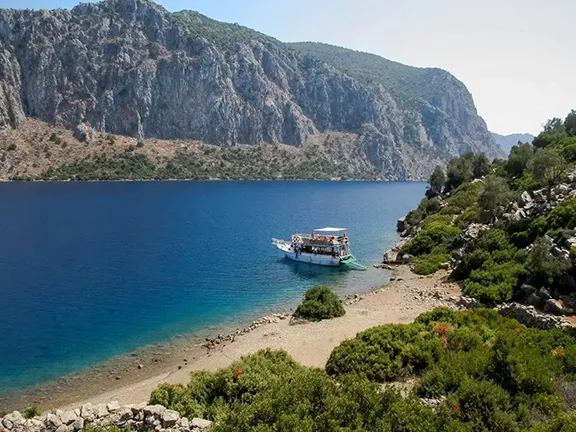 6: Kepçe Burnu Shipwreck 650 – 600 BC
6: Kepçe Burnu Shipwreck 650 – 600 BC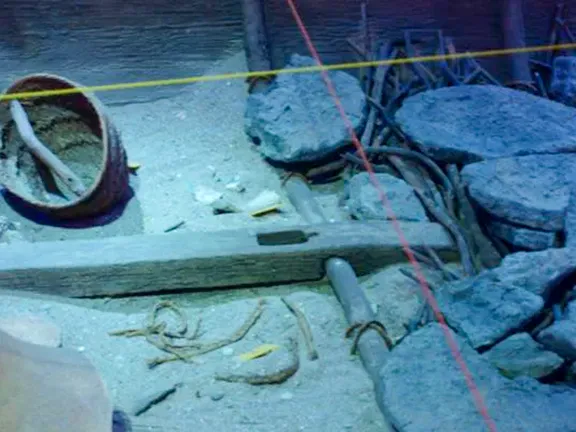 8: Mazarron II 625 - 570 BC Phoenician period
8: Mazarron II 625 - 570 BC Phoenician period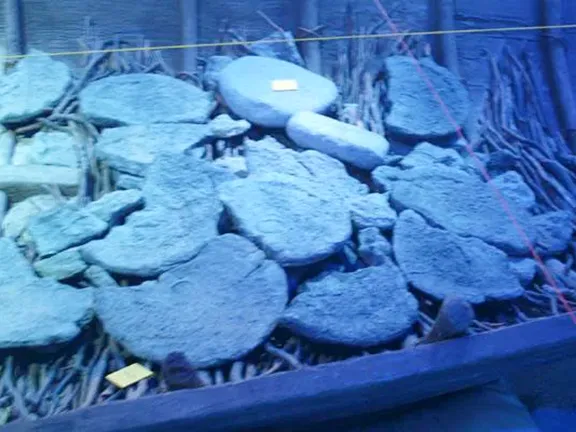 9: Mazarron I c 600 BC Phoenician period
9: Mazarron I c 600 BC Phoenician period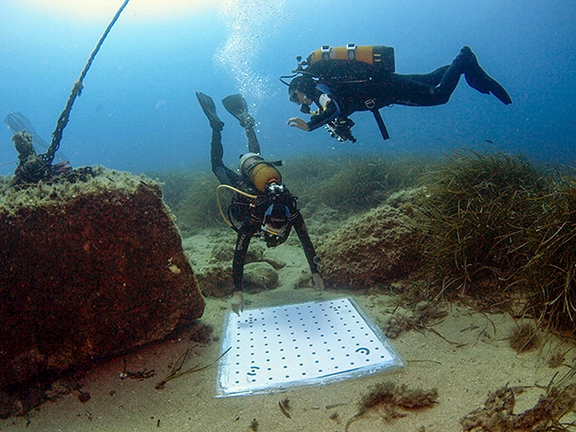 10: The Bajo de la Campana c 600 BC
10: The Bajo de la Campana c 600 BC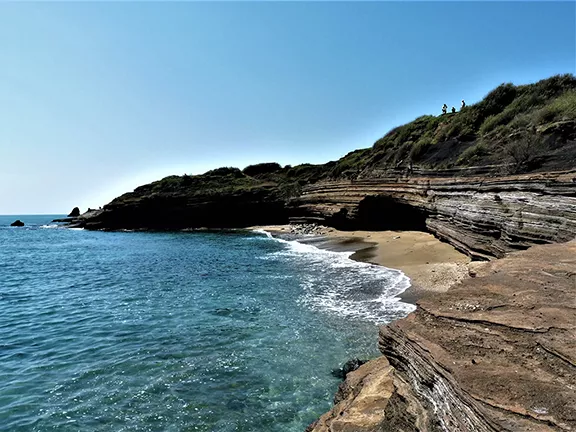 11: The Rochelongue underwater site c 600 BC
11: The Rochelongue underwater site c 600 BC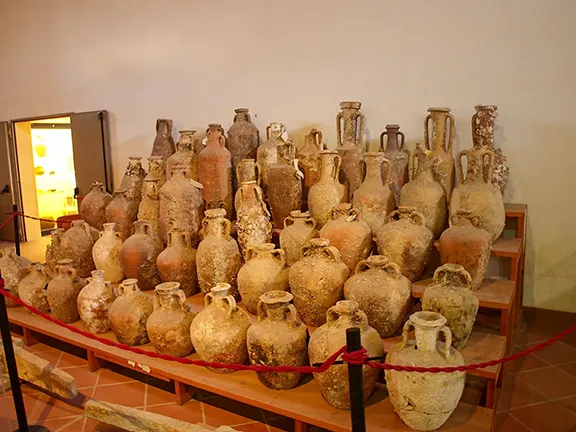 12: Giglio Etruscan shipwreck c 580 BC
12: Giglio Etruscan shipwreck c 580 BC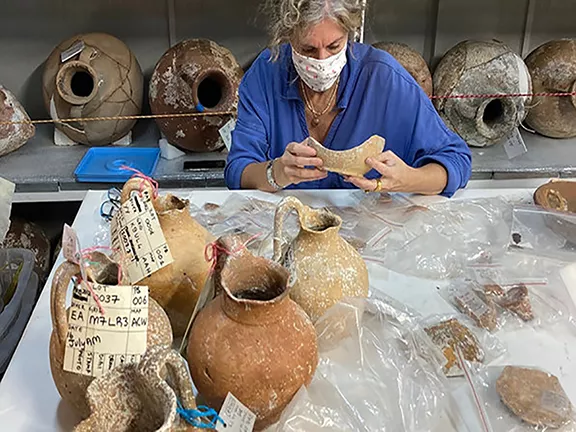 13: Pabuç Burnu shipwreck 570 - 560 BC
13: Pabuç Burnu shipwreck 570 - 560 BC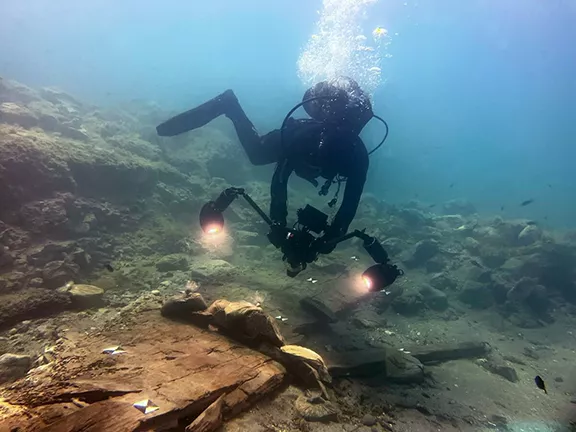 14: Ispica - Greek Shipwreck 600 - 400 BC
14: Ispica - Greek Shipwreck 600 - 400 BC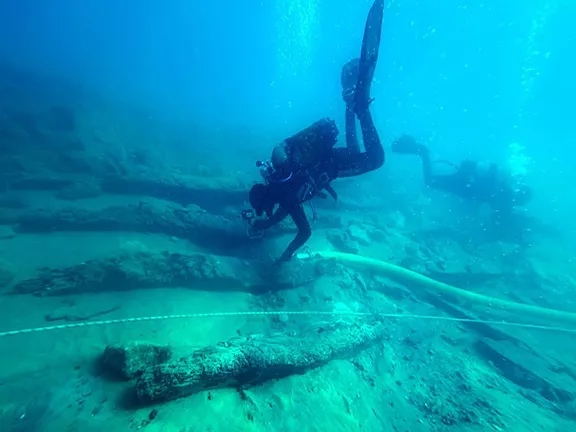 15: Gela I shipwreck 500 - 480 BC
15: Gela I shipwreck 500 - 480 BC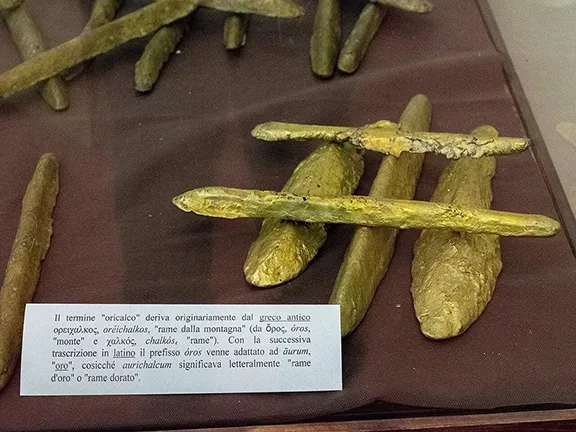 16: Gela 2 shipwreck 490 – 450 BC
16: Gela 2 shipwreck 490 – 450 BC